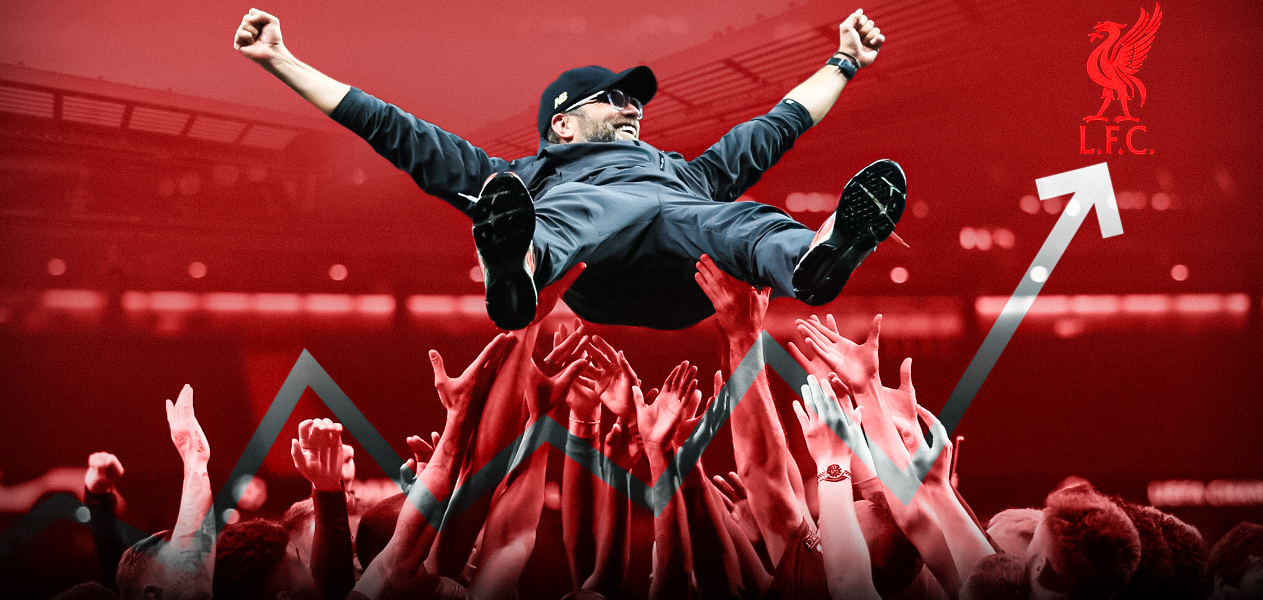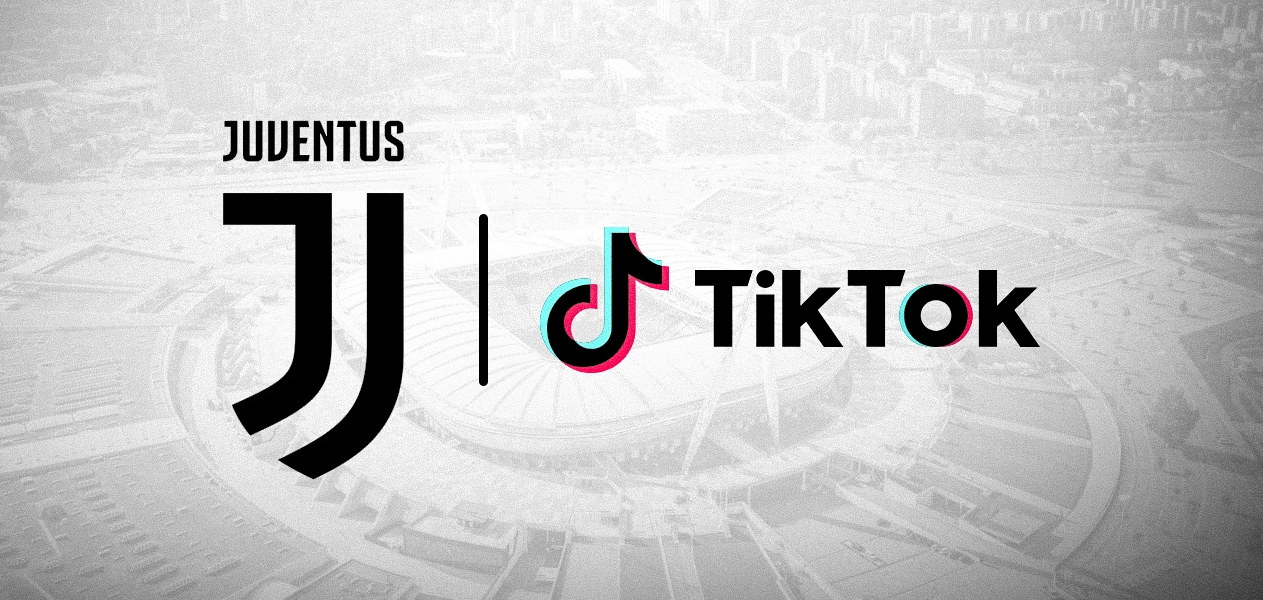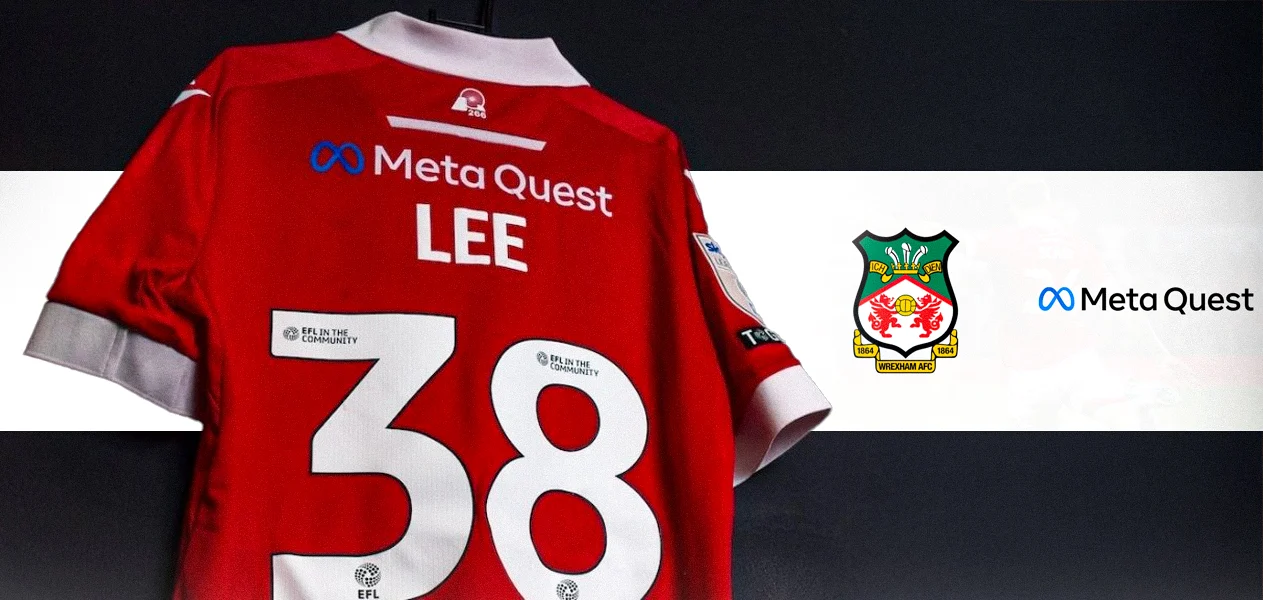There was a sweet sense of optimism among the Liverpool supporters at the end of their side’s draw against Tottenham Hotspur on the 17th of October, 2015. While the game had ended in a goalless draw, what caught the fans’ attention was a semblance of tactical identity in the way Jürgen Klopp’s men went about their business. They had matched one of the best pressing teams in Europe with a press of their own, which was a fresh feeling for a fanbase that had been left frustrated by Brendan Rodgers’ inability to impose a similar setup.
When the Reds take on Wolves at Anfield on the 19th of May, 2024, emotions will be sky high. Some will yet struggle to take in the fact that the man who rescued Liverpool from mediocrity is leaving after a gilded era. Tears will be shed, and it could turn out to be a gutting experience for even the neutrals.
At the same time, there will be a wave of nostalgia for the times when things were different for Liverpool—both on and off the pitch. After all, the Reds have come a long way under Klopp, having reached new heights right after a steep decline.
Liverpool’s finances weren’t in the doldrums by any means, but when Klopp arrived, the club found themselves in a financial situation much different to that of Manchester City, who had beaten them to the Premier League title only a year before, and whom they would go on to rival in the years to come under the German’s leadership.
In 2014, Liverpool were tenth in the Forbes list of most valuable football clubs of the world with a valuation of US$691 million, which was an increase from US$651 million from the year before as Rodgers’ Liverpool finished narrowly behind the title-winning City. Despite that increase in valuation, Liverpool did not move a position on the list, remaining in tenth as the gap between them and the ninth-placed club only grew bigger. In 2013, City were the ninth-placed team with a valuation of US$689 million; a year later, Juventus ($850 million) occupied the spot. Liverpool were unable to match the pace at which the others were growing in value.
Clubs lingering around the tenth-place mark in this particular Forbes list have tended to do so for a fairly long stretch. Spurs themselves have been around that mark, struggling to go beyond ninth despite frequent top-six finishes and European qualifications. Schalke also found themselves in a similar position in the first half of last decade before a steep decline left them bouncing between the top two Bundesliga divisions. If Liverpool were to break this pattern and move further up the list, they had their work cut out. They needed to win silverware and regularly qualify for the Champions League.
That was the backdrop of Klopp’s arrival at Merseyside. Soon enough, a pattern emerged for how the club would operate once Klopp established a keen tactical approach that set his side apart from the others. Given Liverpool’s finances weren’t great when Klopp arrived, the initial signings they made didn’t come with very high price tags but adhered to the system in place all the same. Signing Sadio Mané, Joël Matip, and Georginio Wijnaldum for a collective fee of less than £60 million was suggestive of this.
Naturally, there were doubts. While Manchester United were spending £89 million to bring back Paul Pogba, Liverpool were signing Wijnaldum, a player regarded at the time for not much beyond his work rate, for much less. The optics were not entirely in Liverpool’s favour, though few realised at the time that a selfless workrate like that of Wijnaldum would make the bedrock upon which Liverpool’s success would arrive.
The sale of Philippe Coutinho to Barcelona has proved to be a watershed moment for Klopp’s tenure. Without his contentious exit, Liverpool may have never roped in Virgil van Dijk from Southampton or Alisson Becker from Roma. The Brazilian’s sale helped Liverpool finish Klopp’s jigsaw in a way they couldn’t have otherwise.
The club reported record profits from the 2017/18 season, the season they went to the Champions League final, as their pre-tax profit numbers stood at £125 million. They went a step further the season after, winning the Champions League and losing the Premier League to Man City by a point. Becoming European champions after 14 years saw the club attain pre-tax profits of over £50 million, their overall valuation rose to over US$2 billion, and they made US$150 million more in revenue than they did in 2018.
While COVID hampered the financial growth of clubs across Europe, winning the 2019/20 Premier League helped Liverpool remain stable. Media and matchday revenue fell by a total of £72 million, and the club’s pre-tax losses stood at £46 million. If not for the historic league title win, things could’ve been much worse for Liverpool. The league win, along with the Champions League win from the year before, was a testament to the resilience of Klopp’s side, justifying their “mentality monsters” tag.
Liverpool picked up no trophies during the 2020/21 season, but they came close to completing a historic quadruple the season after as they made the final of every competition they played in, winning two of them. Playing every competitive game of their footballing calendar also helped them maximise their revenue from on-pitch activities.
In 2021, as the Super League proposal crashed and burned, Fenway Sports Group seriously considered selling Liverpool, fearing the club’s valuation wouldn’t increase much after such a vociferous fan backlash. But Liverpool have since gone past Man City in terms of valuation and are just behind the Cityzens in terms of revenue after their historic treble win last season.
With Barcelona struggling financially and Manchester United still trying to bring back the glory days, there is an opening for Liverpool to go up to second in the aforementioned Forbes list. They already earned more revenue than the two in 2023, suggesting the likelihood of further upward mobility.
Klopp has managed to help Liverpool achieve all this while having a net spend of £254 million, which has been the lowest out of the top six Premier League sides during his time at Merseyside, highlighting the successful marriage the club and the manager have had.
This season, the Reds remain in the hunt to win the Premier League, the Europa League, the League Cup, and the FA Cup. Klopp has, time and again, helped Liverpool achieve things with limited resources, while also being flexible in order to deal with player absences and tactical evolutions. That is somewhat reminiscent of what Sir Alex Ferguson became notable for during his time at Manchester United, as he constantly adapted with time despite not always being as free-spending as his rivals to remain at the top.
And being closely compared to Sir Alex himself is the biggest compliment Klopp can ever get as he prepares to ride off into the Liverpudlian sunset come May.





Leave a Reply